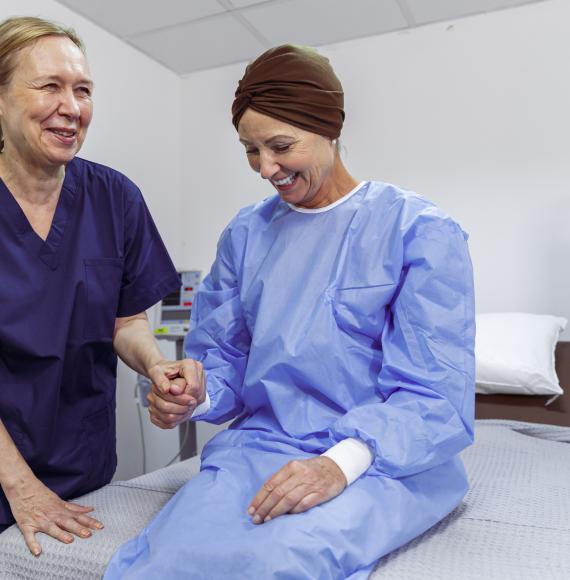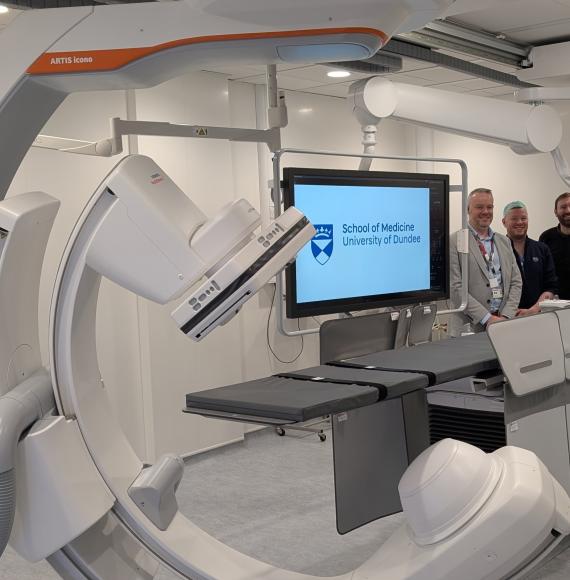The NHS could make space for at least 10,000 much-needed beds in the UK by moving more patient records offsite, according to information management experts.
With Trusts across the country under pressure from all angles, including flu, new Covid cases and a post-pandemic backlog, the need for beds has never been greater.
The government has made it clear it is doing “everything possible” to increase the number of beds available for patients, but one additional long-term solution is being suggested.
A lot of hospitals have made space and moved records offsite, but many still have huge medical libraries holding physical copies of patient records, often sited in rooms right in the medical heart of the building.
Now Restore Records Management, a records expert which counts many NHS Trusts amongst its clients, has worked out how many beds could be added if that space was cleared.
Restore calculates the average space taken up by records per Trust to be 1667 square metres – rising to as much as 6500 sqm for the biggest hospitals. That’s almost as big as a football pitch (which typically measures 7140 sqm).
Stefan Chetty, Director of Public Sector Services at Restore, says that space could be better used – especially at a time when the NHS is under so much pressure from all angles.
“These are challenging times for many Trusts and finding new space for beds when demand is high is not easy,” he said.
“Nobody is pretending a solution is simple, but part of the answer is right in the middle of hospitals where the medical library, full of physical patient records, takes up valuable clinical space.
“Our research shows this space could be used for 100 beds on average, and far more in many bigger Trusts.
“When you multiply that figure by our sample of 136 Trusts across the country (not including ambulance, mental health and community health Trusts which hold far smaller medical libraries) it’s a huge number of beds.
“In fact, those figures are based on the space required for one-bed rooms with a generous floor area of around 16sqm. So, the figure could be much higher if beds were configured in wards.”

The debate around beds is complicated, sensitive and political, and no single solution can resolve it on its own.
For instance, there is limited value in clearing space for beds if there are not enough staff available to utilise it. So, a multi-faceted approach is required.
But moving physical records offsite can free up space for the long term and be the first step to digitisation.
With the right systems put in place, records can be easily located and quickly retrieved.
A number of hospitals have already begun their digital journey, embracing digital patient records, but physical health record libraries remain common.
Some of the earliest digital adopters chose to scan records to be viewed on digital PDFs, which was a good start but didn’t work well for long-form documents, so many clinicians still prefer physical files.
“Having records onsite is seen by hospitals as a benefit but in fact it can be as much of a curse as a blessing,” said Stefan.
“The departments which manage requests for files are often understaffed and so tracking records is difficult. They can end up in drawers all over the hospital, with no record that they have even been taken.
“As a result, duplicates are created – adding to the library. It’s far better to store them off site with the ability to track records and have them delivered quickly on demand – with the most regularly-requested records scanned.
“A hybrid system like this is often the most cost-effective option. as we have seen with Trusts that adopt this system. And may be the way forward for many more NHS Trusts, especially when balanced with a secure destruction policy for records which no longer have to be kept.
“Good records management can help Trusts focus on patient care – and if that means more beds or more space between beds, then it is good for everyone. At this time, especially, Trusts need all the space they can get.”
If you want to find out more about how we can support free up space for the NHS contact us today here https://www.restore.co.uk/Records/Contact-Us/New-Customer
Restore used records from the NHS https://digital.nhs.uk/data-and-information/publications/statistical/estates-returns-information-collection/england-2021-22 to ascertain the number and size of medical libraries at NHS Trusts and based its estimate for the number of extra beds which could be accommodated on a one-bedroom ward measuring 16 square metres.


















